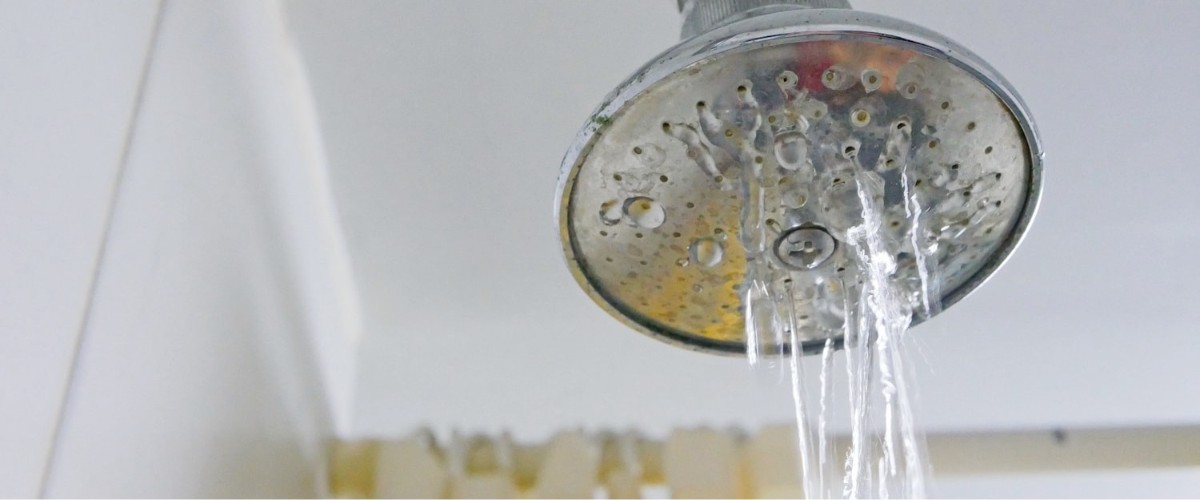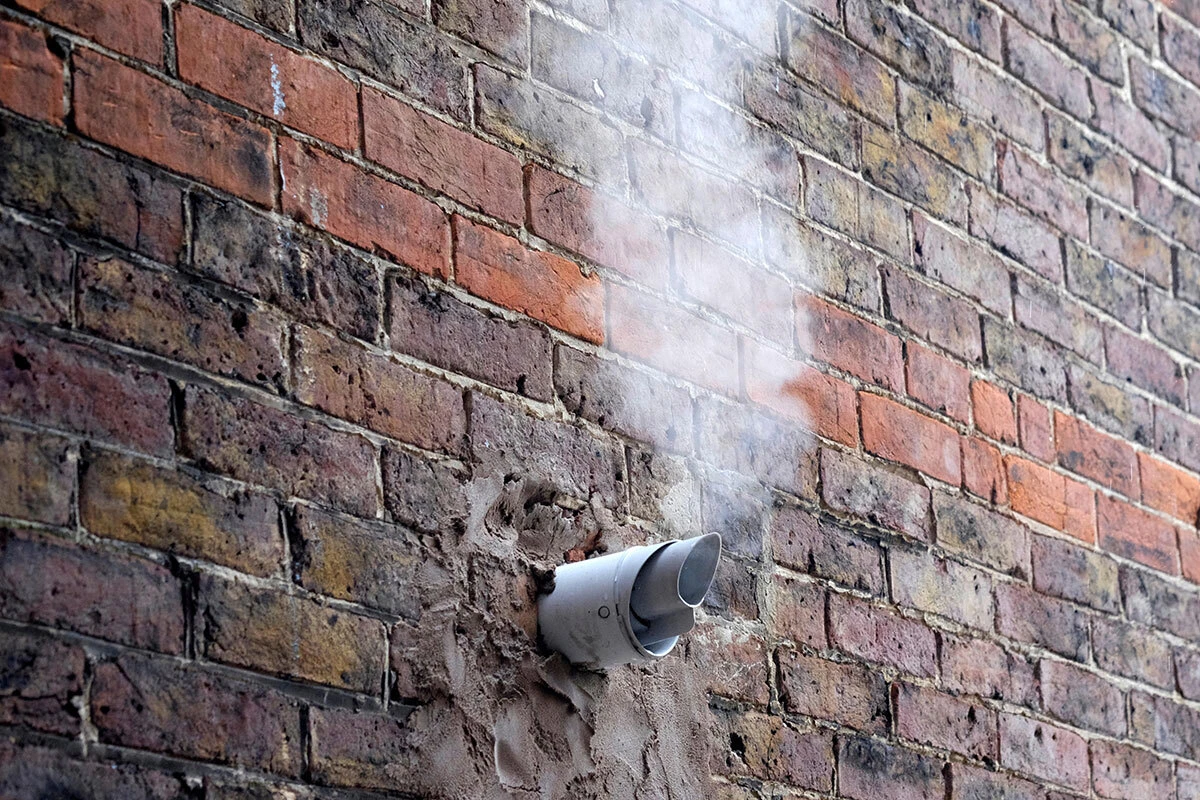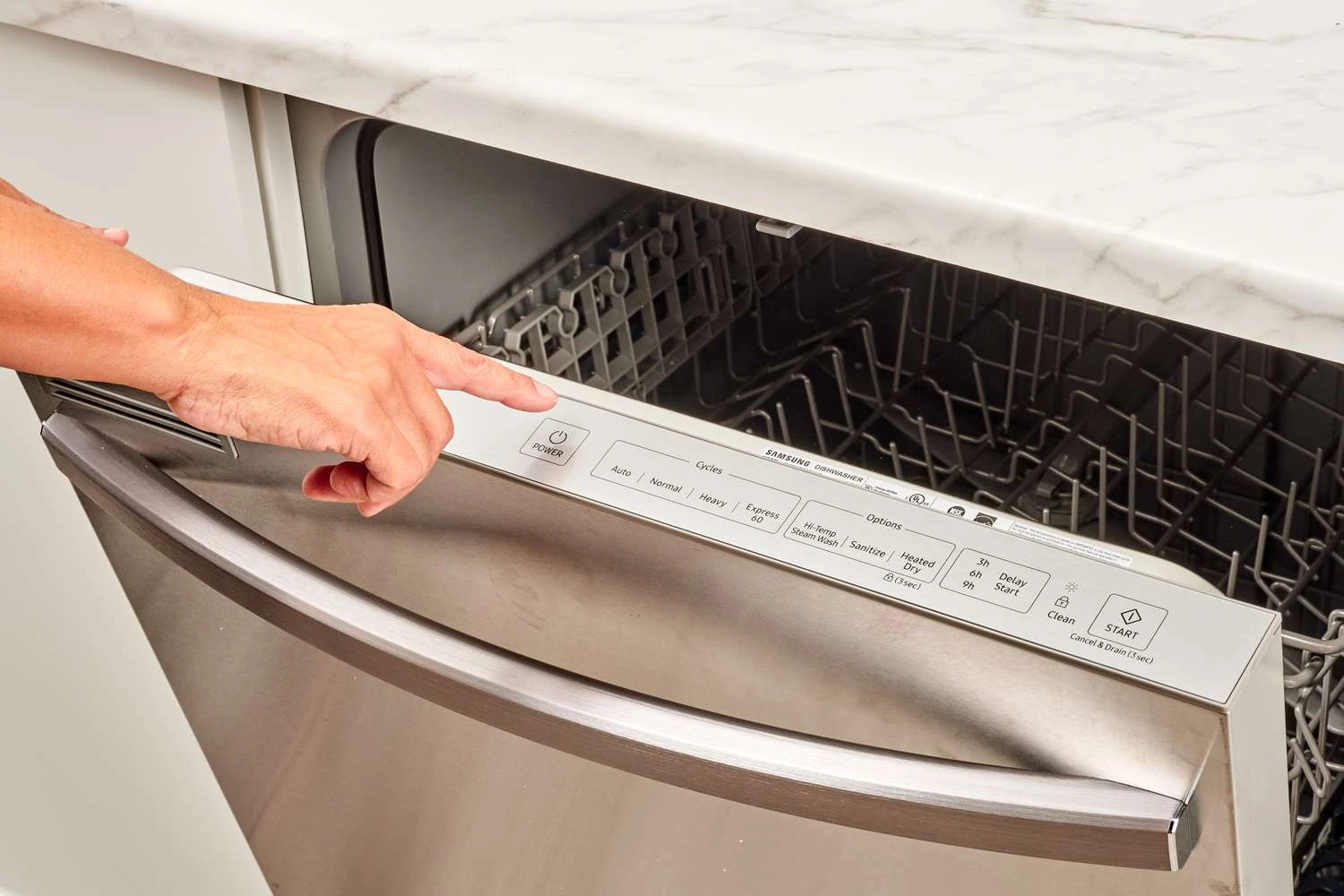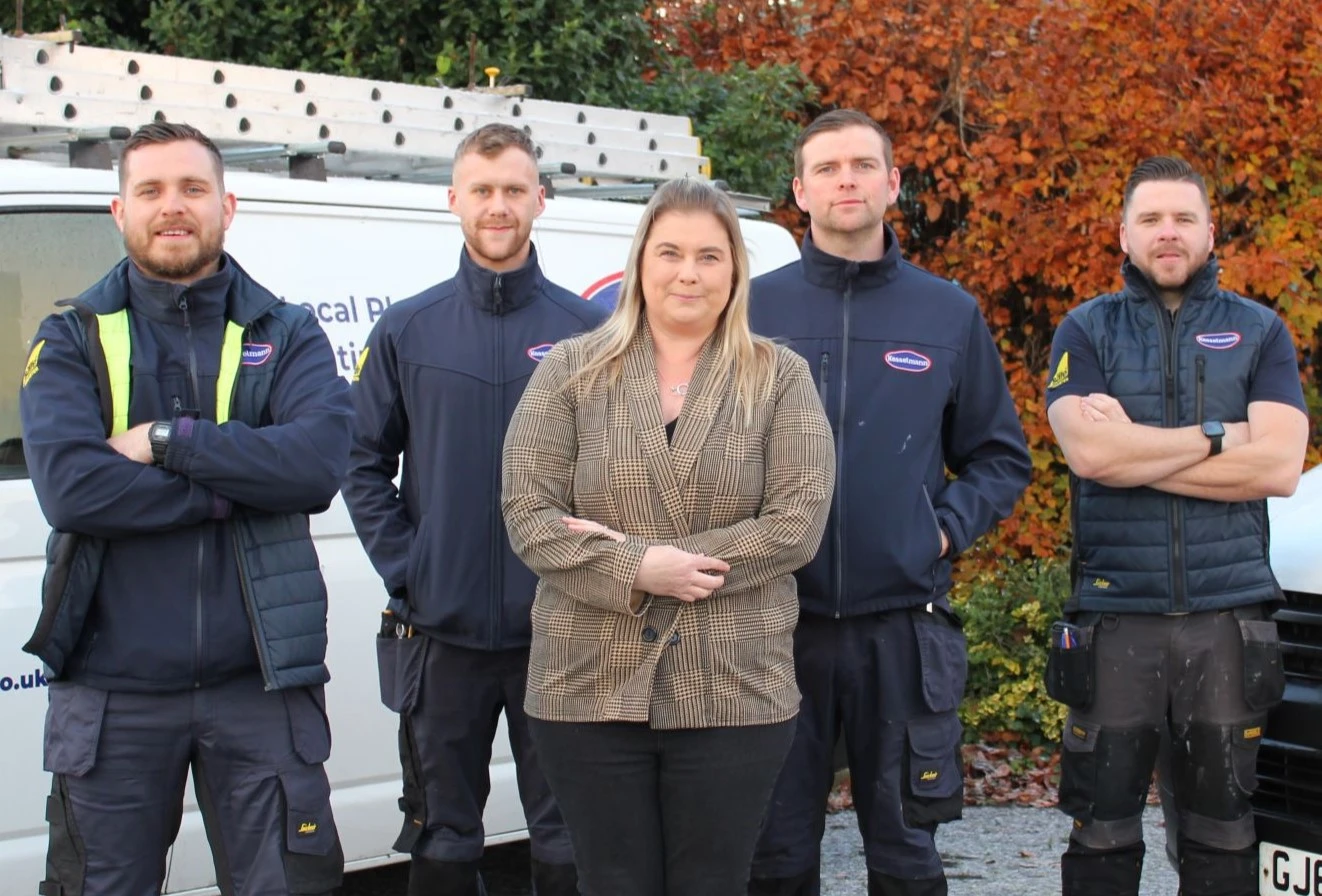01/03/2025

A weak shower can be frustrating, especially when you’re looking forward to a refreshing start to the day. If your shower pressure is low, there are several ways to improve it without needing major plumbing work.
In this guide, we’ll explore the common causes of low water pressure and the most effective solutions.
Common Causes of Low Shower Pressure
Before making any changes, it’s important to understand what’s causing the problem. Some of the most common reasons for weak water pressure in showers include:
Blocked Shower Head – Over time, limescale and mineral deposits can clog the nozzles, reducing water flow.
Pipework Issues – Old, corroded, or narrow pipes can restrict water flow.
Low Mains Water Pressure – Some homes naturally have lower water pressure, particularly in older properties.
Shower Valve Problems – A faulty or partially closed valve can limit water pressure.
Multiple Water Usage – If other taps, appliances, or showers are in use simultaneously, it can affect water pressure.
How to Improve Water Pressure in Your Shower
If your shower pressure is lacking, try these solutions:
1. Clean Your Shower Head
Limescale and mineral buildup can block the small holes in your shower head, restricting water flow. To clean it:
Remove the shower head.
Soak it in a mixture of white vinegar and water for a few hours.
Scrub any remaining deposits with a brush before reattaching it.
2. Check for Leaks
Leaks in your plumbing system can significantly reduce water pressure. Look for signs of dripping pipes or damp patches around your home. If you suspect a leak, it’s best to have it repaired by a professional.
3. Install a Shower Pump
If your home has low mains water pressure, installing a shower pump can help boost the flow. A pump works by increasing the pressure of water before it reaches your shower.
4. Consider a Power Shower
A power shower combines water from both hot and cold supplies and uses an integrated pump to increase flow. This is particularly useful in homes with gravity-fed systems.
5. Upgrade Your Shower Head
Some shower heads are specifically designed to increase pressure by optimising water flow. Look for models labelled as ‘high-pressure’ or ‘water-efficient’ to improve performance without increasing water usage.
6. Adjust the Pressure-Reducing Valve (PRV)
Some homes have a PRV installed on the main water supply to prevent excessive pressure. If this valve is set too low, it can impact your shower. You may be able to adjust it slightly to increase water flow.
7. Ensure Pipes Are the Correct Size
If your home has narrow pipes, water flow can be restricted. In some cases, upgrading to larger-diameter pipes can make a significant difference, although this is a more involved solution.
When to Call a Professional
If you’ve tried the above steps and still experience low shower pressure, it may be time to consult a plumber. A professional can assess your plumbing system and recommend the best solution based on your home’s setup.
By addressing these common issues, you can transform your showering experience into a dreamy retreat. If you're still struggling with water pressure, our team is happy to help diagnose and resolve any underlying plumbing issues.













